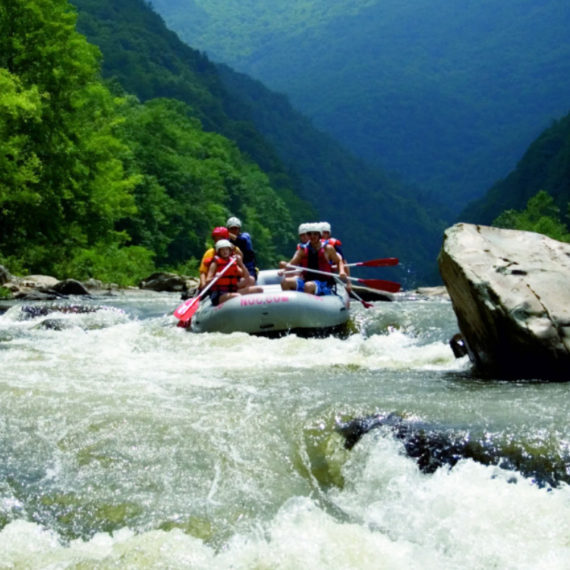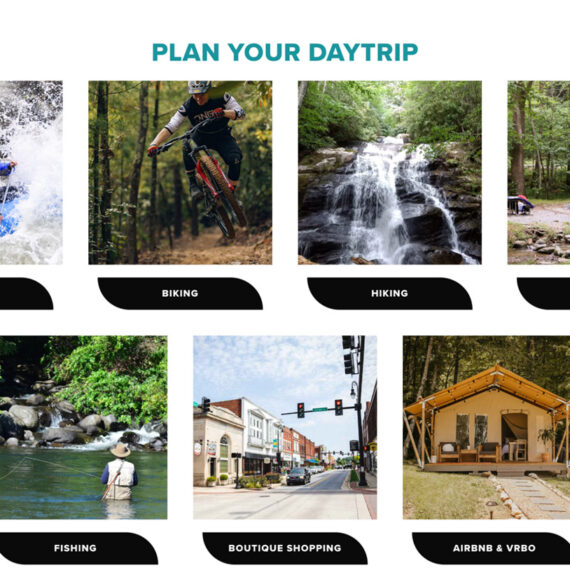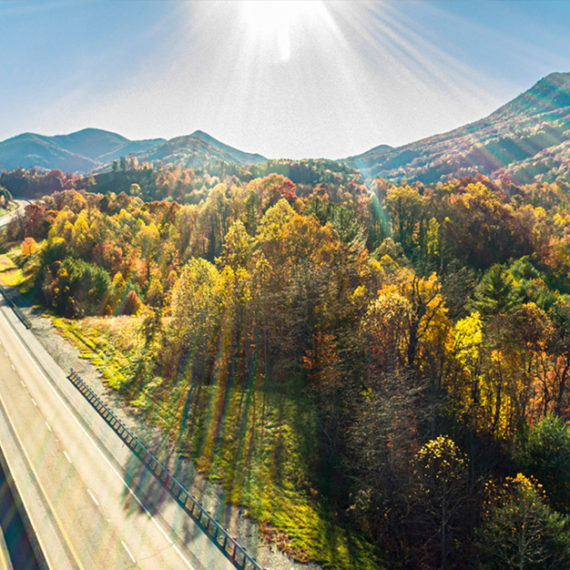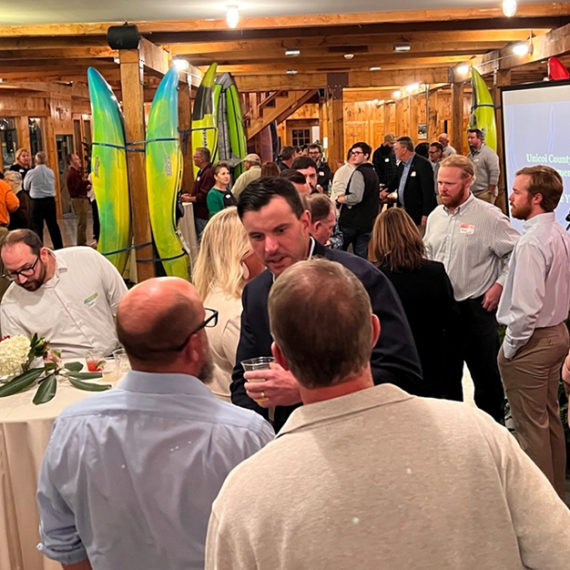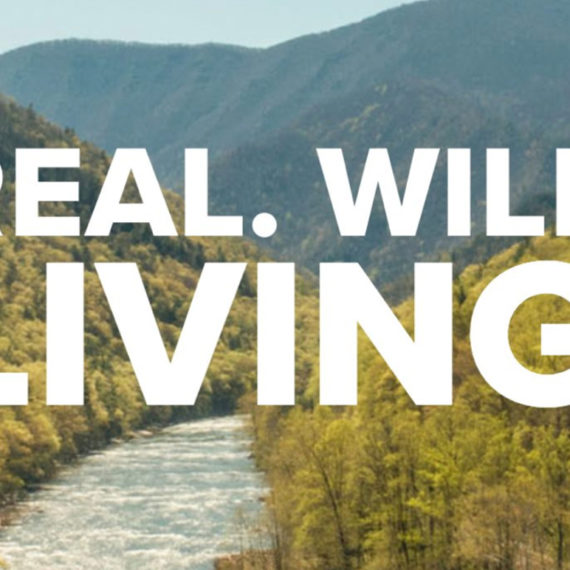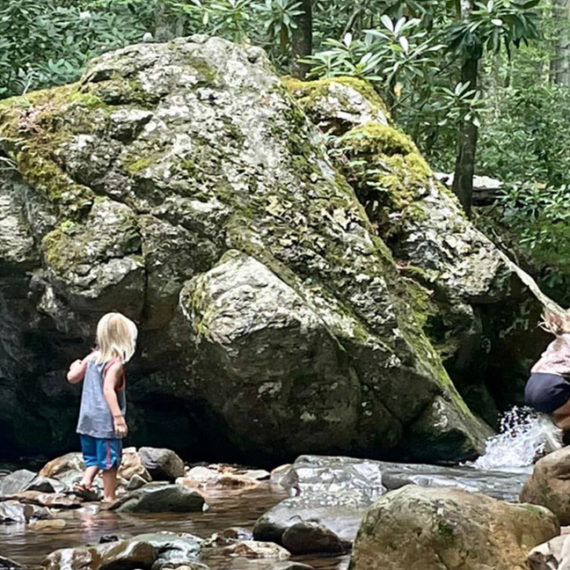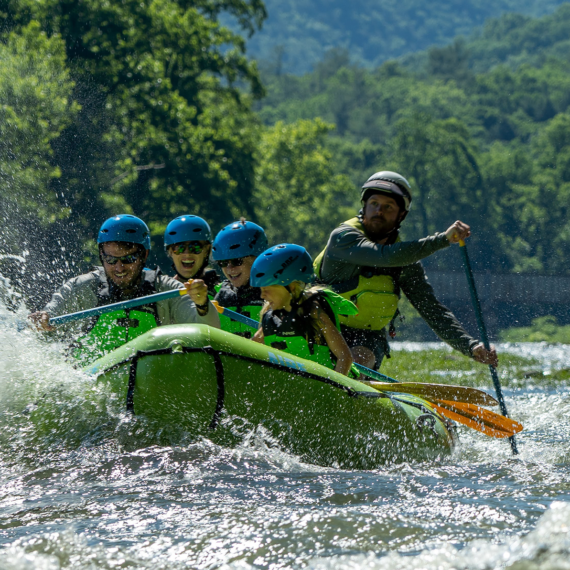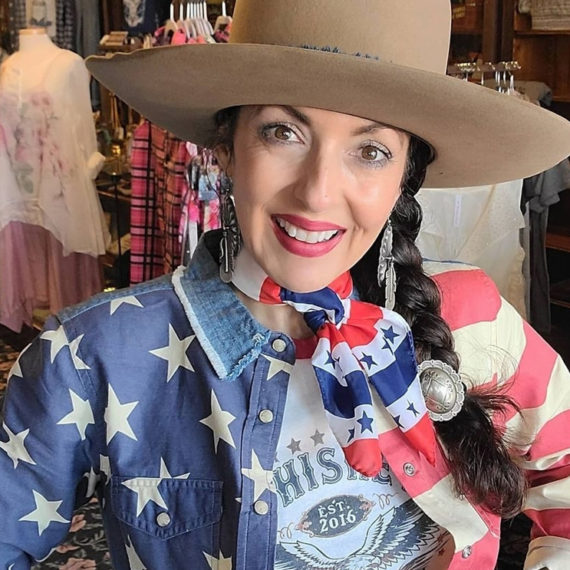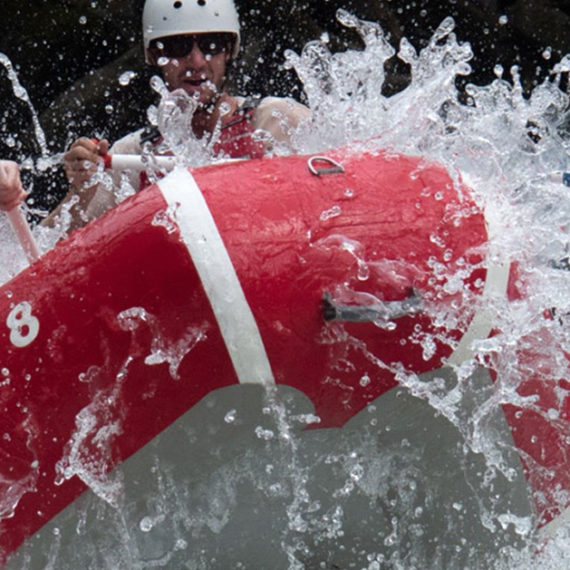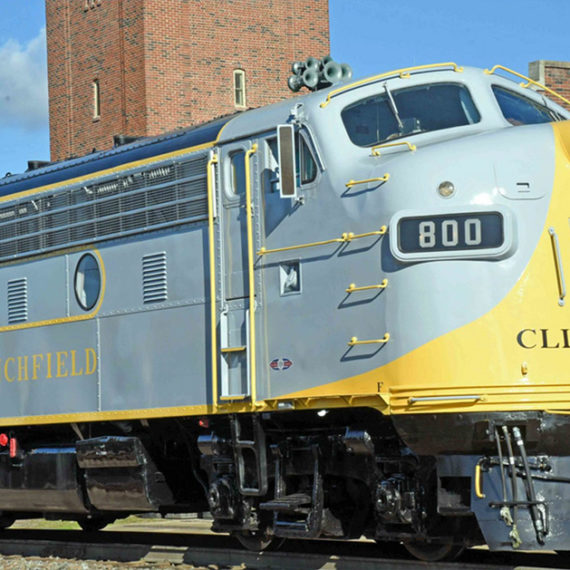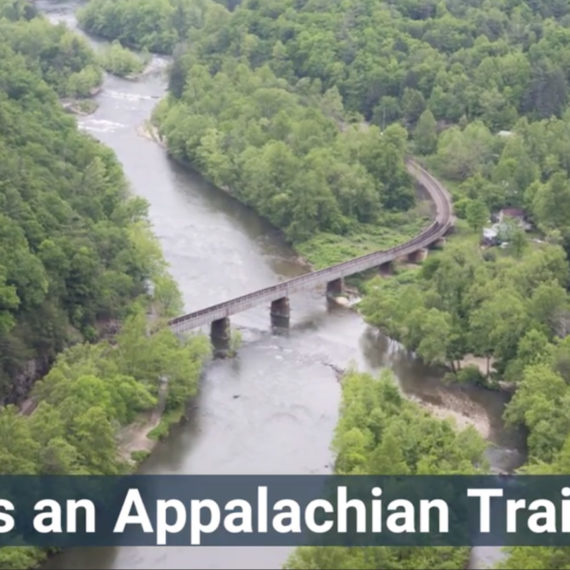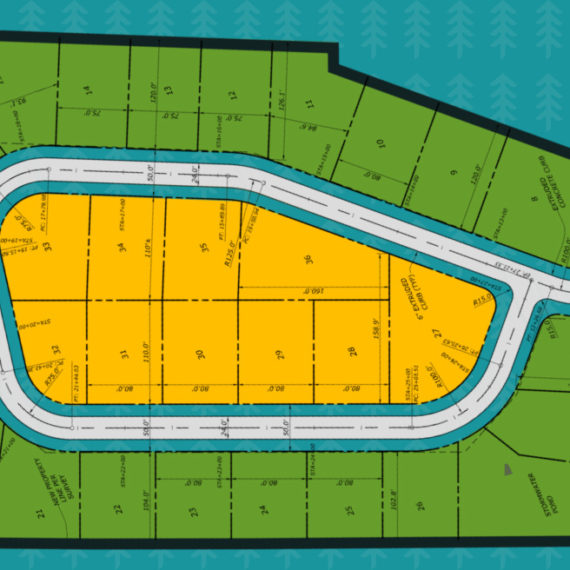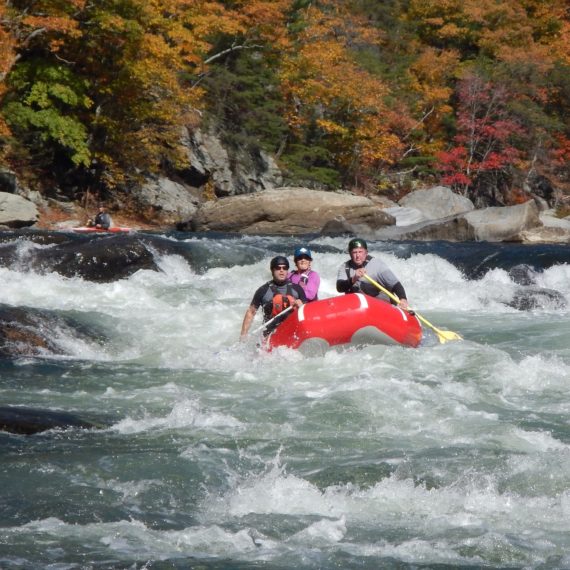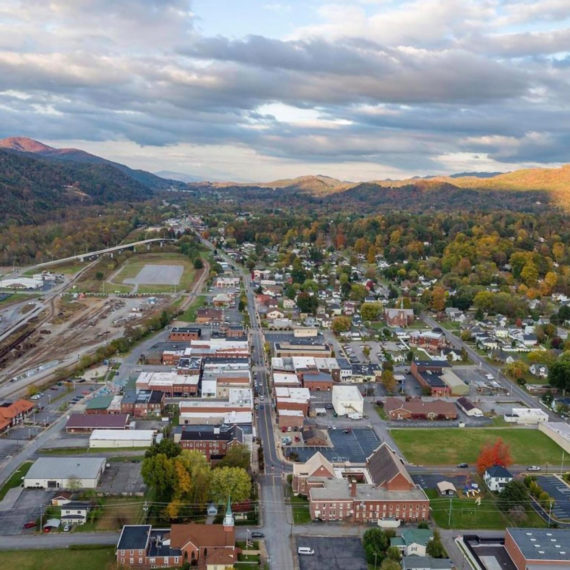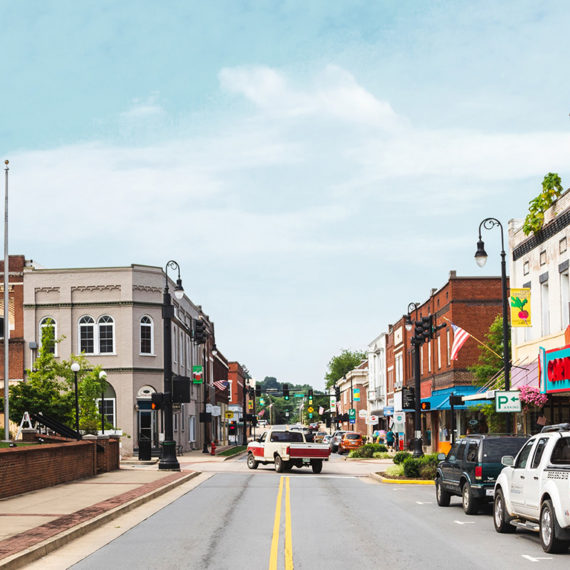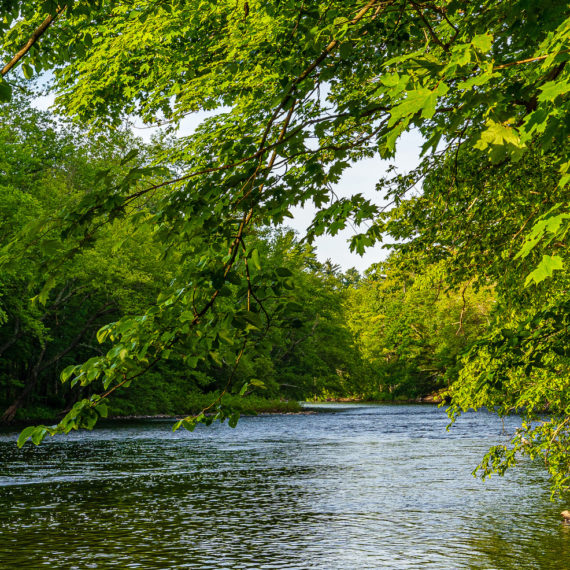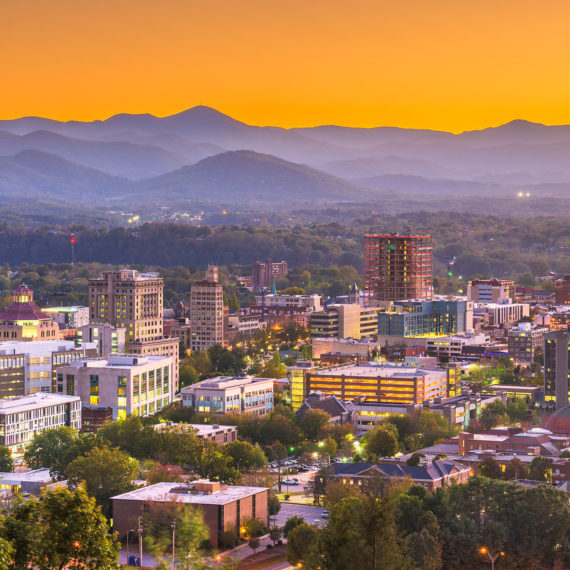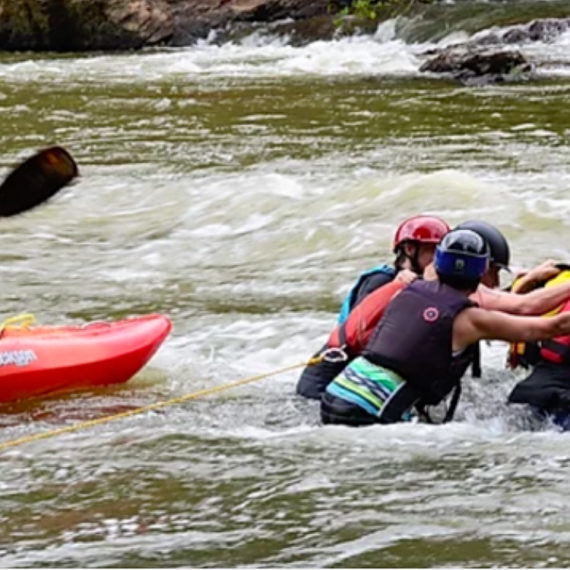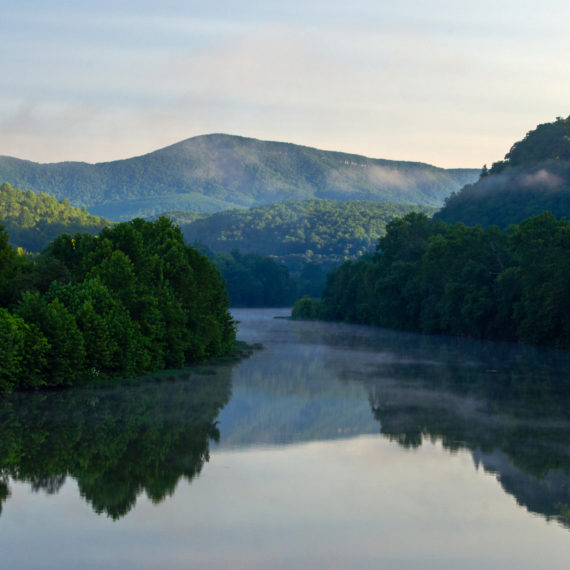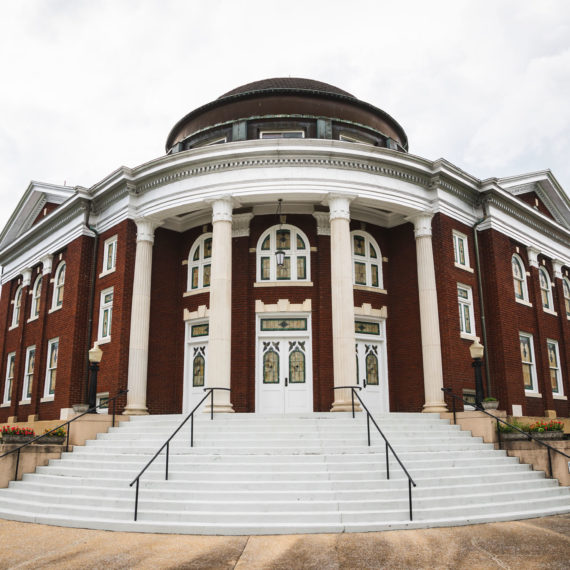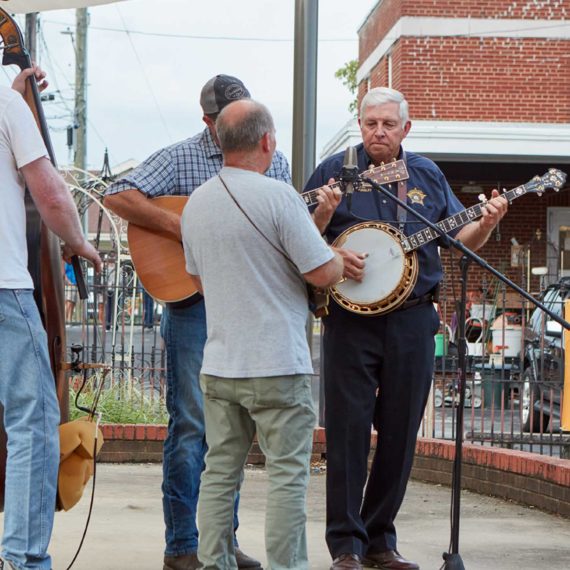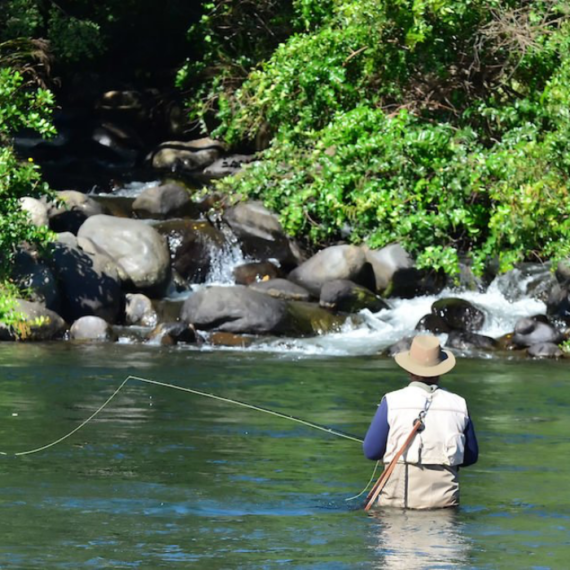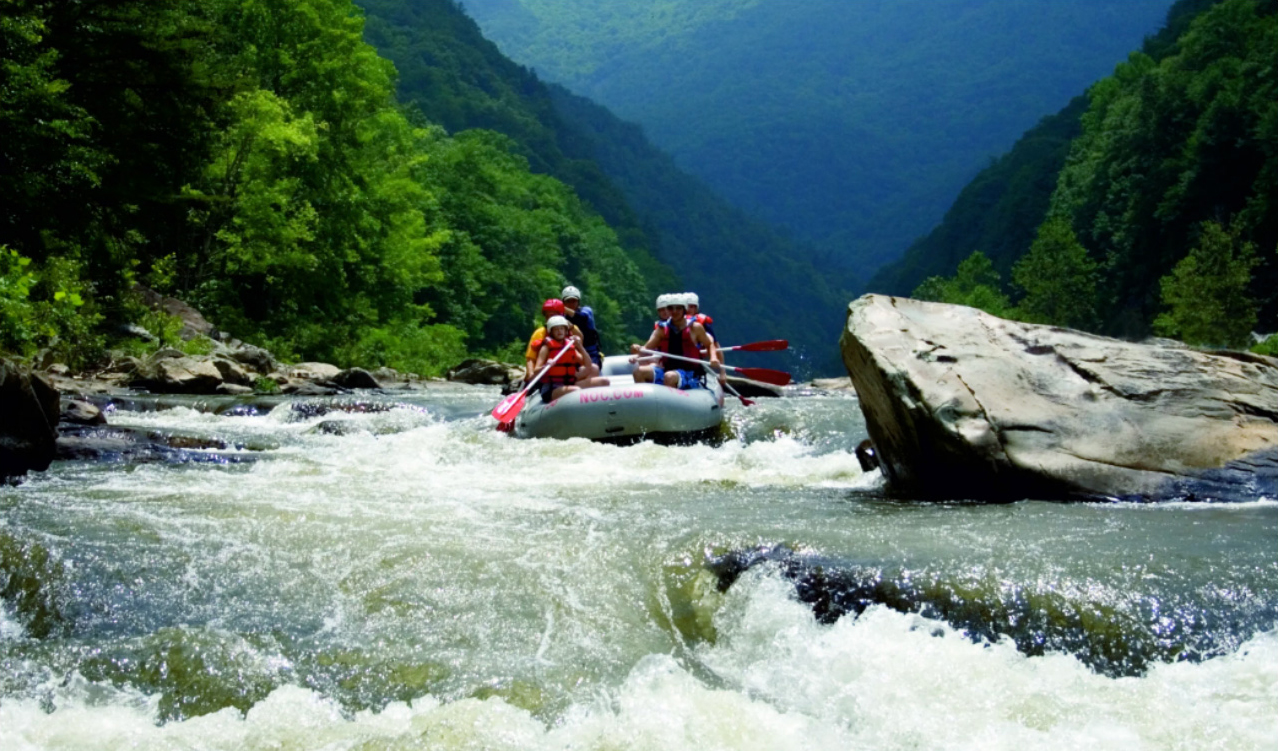
21 Jul Nolichucky: The Greatest River
Whether you’re a river enthusiast for fishing, rafting, or white water sports, you’ve probably heard one name spoken with reverence from other members of the community—the Nolichucky. This ribbon of water has hosted outdoor adventurers for centuries, and has always been seen as a legendary destination. Running through the heart of Unicoi County, the Nolichucky has been part of the history and culture of our region from the very beginning.
So, let’s take a look at the history of the Nolichucky and how much it has meant to so many people around the world. Hopefully, we’ll inspire you to make our beloved river part of your own experiences. We know you won’t be disappointed.
Where it Starts
Every river starts somewhere, both physically and historically, and the mighty Nolichucky has an interesting story that flows from its headwaters. The Nolichucky official headwaters begin at the convergence of the North Toe and Cane Rivers, near the small community of Huntdale, North Carolina. From there it winds through 115 miles of western North Carolina and northeast Tennessee, and is fed by hundreds of mountain springs along the way. The Nolichucky runs through two national forests—Pisgah National Forest and Cherokee National Forest. The scenic river flows through some of the most beautiful countryside in the world and completes its journey by emptying into the French Broad river.
The Nolichucky River is one of the few naturally flowing rivers in the southeast United States that has not been impacted by damming or obstruction. This is largely due to the rugged terrain the river flows through. The origin of the Nolichucky’s name is clouded in some debate. Most historians can agree that the name likely originated from the Cherokee word “Na’na-tlu gun’yi.” This word can be translated several different ways, which is the cause for the ongoing debate. It can mean “spruce tree place,” “dangerous waters,” or just “rushing waters.” All three of these descriptions could accurately be attributed to the Nolichucky.
The recorded history of the river starts with its first neighbors, the Chickamauga Cherokee tribe, who inhabited the region prior to the first European frontiersmen who experienced the river in the 1770s. One of the early European settlements, established by John Sevier in modern day Greene County, Tennessee, was actually named for the river. The settlement was abandoned in 1776—the year our nation was born—due to hostility between the settlers and Native Americans.
In Limestone, Tennessee, Davy Crocket—one of the early pioneers who rose to political prominence—was born near the banks of the Nolichucky. Today it is the Davy Crockett Birthplace State Park.
The river became an important commerce route in 1890 as part of the Clinchfield Railroad was constructed along its banks. Its flowing waters were a key feature to help bring the railway through the difficult Appalachian Mountain range as they worked to tie Ironton, Ohio all the way to Charleston, South Carolina. It is believed that at least one last railway car still sits at the bottom of the river near the Lost Cove settlement—an abandoned mining and logging ghosttown.

The Heart of Adventure
The Nolichucky has been a main route to another popular destination as well—adventure. Those seeking an experience of wonder and adventure have traveled from around the world to sample all the river has to offer, and all have found stories they will tell for generations. The Nolichucky has so many unique features to present a challenge to outdoor adventurers of any interest or skill level—from hikers, rafters, white water athletes, and more.
For those who want to feel the exhilaration of whitewater sporting at its finest, the upper section of the Nolichucky River is one of the most revered sections among top athletes in the sport. Ranked as one of the top whitewater rivers in the world, there are features unique to the river that make it a frequented destination. Whitewater guides and manufacturers have even chosen to set up shop in Unicoi County to position themself along the highly regarded river.
Depending on the time of year and the flow rates, the whitewater sections of the Nolichucky can vary from Class II (moderate) to Class IV (difficult). If planning a trip to experience these rapids, visitors can check the Tennessee Valley Authority (TVA) or the United States Geological Survey (USGS) websites for current flow rates. Between 500 and 2,400 cubic feet per second, the Nolichucky is classified as Class II and Class III+. Above 2,500 cubic feet per second, the rapids here are classified as Class IV. Visitors should also consider reaching out to local river guides for the most up-to-date information about river conditions.
Below the rapids, nearer the city of Erwin, the river widens and becomes a lazy and calm option that’s perfect for paddle boarding, canoeing, and floating. The views, wildlife, and beauty of this section of river make it a popular destination for families and groups of friends. There are rental options and put-in locations available through river guide businesses like USA Raft Adventure Resort and NOC Nolichucky Outpost.
There are also several great trails for hiking and backpacking that wind along the Nolichucky, offering amazing photo opportunities and outdoor experiences. See our article on great local hikes [here]. (Link to 5 Bucket List Hikes in Unicoi)
Fishing the Nolichucky
If you are an enthusiast of fishing you’ll find the Nolichucky to be an excellent destination as well. The river plays host to both traditional fishing and fly fishing, and offers the opportunity to catch all species of smallmouth bass, largemouth bass, black bass, rock bass, and musky. During the winter months the upper regions of the river can be fished for river and rainbow trout.
The Erwin National Fish Hatchery provides the stocking of rainbow trout in the river which creates excellent fishing opportunities for visitors. The sections of the river in Unicoi County have yielded some amazing trophy fishing for residents and intrepid visitors alike. Working together with local conservation organizations, the river is maintained and protected to offer excellent fishing for everyone.
Any day spent scouting and fishing the Nolichucky will also offer anglers an amazing backdrop to enjoy the natural beauty and secluded feeling that is a big part of the draw to the sport. Whatever kind of fishing enthusiast you may be—beginner, seasoned professional, or somewhere in between—you’ll enjoy the experience here at the Nolichucky.
Preserving an Icon
Those who have lived with and loved the Nolichucky River have long been advocates of protecting this natural resource. As one of the only rivers of its kind in the eastern U.S., it has remained largely unchanged throughout history. Flowing through the Cherokee National Forest and Pisgah National Forest offers a great deal of protection for the river, and there have been many efforts to have it further protected under the Wild and Scenic Rivers Act.
Protections for the river also include many local and regional groups who provide volunteer work projects to keep the river clean and unchanged by human impact. These organizations host regular work days where fans of the historic river can come together to clean up litter, maintain facilities, and provide safe access to the river for visitors.
As humans we have always been drawn to the water’s edge, and the Nolichucky has been a welcome host to generations of adventurers wanting to come and be a part of nature. Unicoi County, along with regional cities and communities, has considered the Nolichucky River a valued neighbor all this time. We want to extend a warm invitation to all those who haven’t yet experienced the deep gorges, rushing waters, and mountain splendor that is the Nolichucky River. When you visit we think you, too, will agree that it is one of the greatest rivers in the world.

